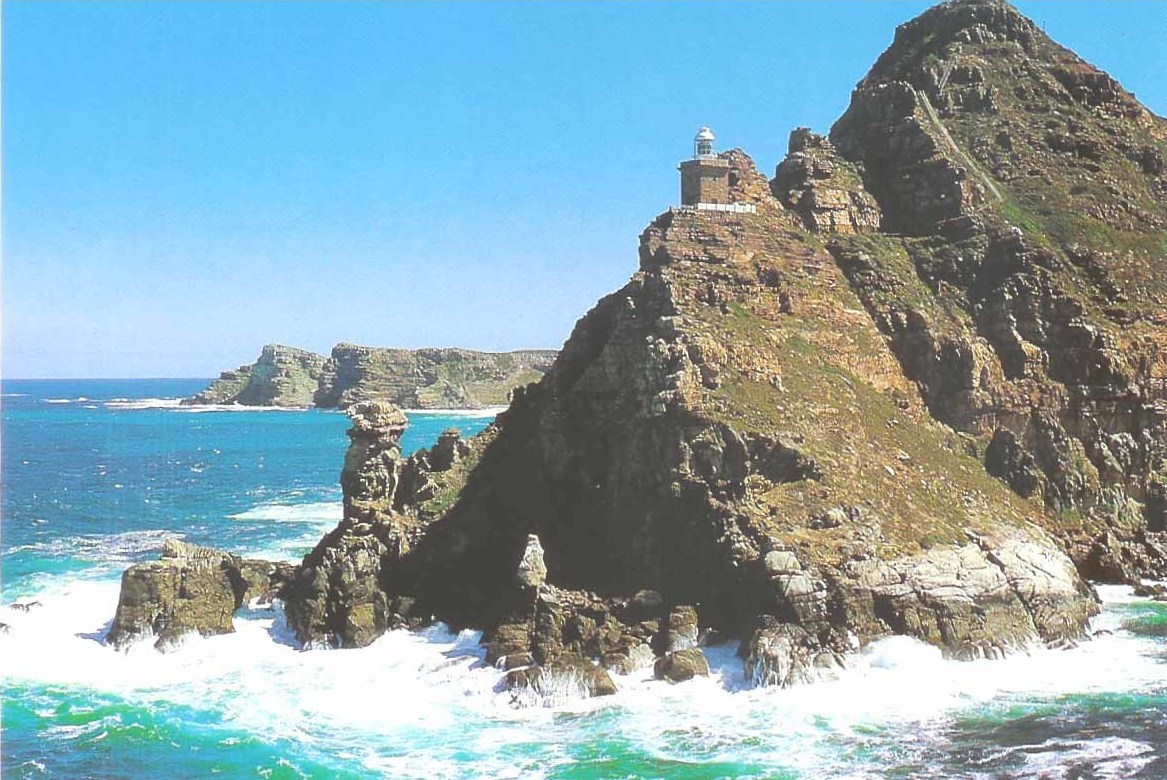|
List Of Ships Named Lusitania
Numerous vessels have borne the name ''Lusitania'', named after Lusitania, an ancient Roman province corresponding to most of modern Portugal. The most famous was: * (launched 1906), a British ocean liner operated by the Cunard Steamship Company, that a German U-boat sank in 1915 during World War I with the loss of 1,199 lives. Other vessels include: * that a French frigate captured in 1813 and released, and that between 1826 and 1830 made a whaling voyage to Timor and the waters around Papua New Guinea. * was an Orient Steam Navigation Company ocean liner wrecked off Nova Scotia in 1901 * (built 1906), a Portuguese liner wrecked on Bellows Rock, Cape Point Cape Point ( af, Kaappunt) is a promontory at the southeast corner of the Cape Peninsula, a mountainous and scenic landform that runs north-south for about thirty kilometres at the extreme southwestern tip of the African continent in South Af ... on 18 April 1911 Citations {{DEFAULTSORT:Lusitania Ship names ... [...More Info...] [...Related Items...] OR: [Wikipedia] [Google] [Baidu] |
Lusitania
Lusitania (; ) was an ancient Iberian Roman province located where modern Portugal (south of the Douro river) and a portion of western Spain (the present Extremadura and the province of Salamanca) lie. It was named after the Lusitani or Lusitanians, Lusitanian people (an Proto-Indo-Europeans, Indo-European people). Its capital was ''Emerita Augusta'' (currently Mérida, Spain), and it was initially part of the Roman Republic province of Hispania Ulterior, before becoming a province of its own in the Roman Empire. Romans first came to the territory around the mid-2nd century BC. A Lusitanian War, war with Lusitanian tribes followed, from 155 to 139 BC. In 27 BC, the province was created. Lusitania was and is often used as an alternative name for Portugal. Origin of the name The etymology of the name of the Lusitanians, Lusitani (who gave the Roman province its name) remains unclear. Popular etymology connected the name to a supposed Roman demigod Lusus, whereas some early-mo ... [...More Info...] [...Related Items...] OR: [Wikipedia] [Google] [Baidu] |
Orient Steam Navigation Company
The Orient Steam Navigation Company, also known as the Orient Line, was a British shipping company with roots going back to the late 18th century. From the early 20th century onwards, an association began with P&O which became 51% shareholder in 1919 and culminated in the Orient Line being totally absorbed into that company in 1966. History Origins The Orient Line's beginnings can be traced back to the formation of a shipbroking company by James Thompson (or Thomson) in 1797. The company was operating a small fleet of sailing ships by the early 19th century, and by the middle of the century they were sailing on routes all over the world. Scotsman James Anderson joined James Thompson & Co. in 1828, his nephew James George Anderson joined the firm in 1854, and by 1863 it had been restyled Anderson, Thompson & Co. With the death of the last member of the Thompson family it was in 1969 restyled Anderson, Anderson & Co. The inauguration of a liner service to Australia with the p ... [...More Info...] [...Related Items...] OR: [Wikipedia] [Google] [Baidu] |
Cape Point
Cape Point ( af, Kaappunt) is a promontory at the southeast corner of the Cape Peninsula, a mountainous and scenic landform that runs north-south for about thirty kilometres at the extreme southwestern tip of the African continent in South Africa. Table Mountain and the city of Cape Town are close to the northern extremity of the same peninsula. The cape is located at , about 2.3 kilometres (1.4 mi) east and a little north of the Cape of Good Hope on the southwest corner. Although these two rocky capes are very well known, neither cape is actually the southernmost point of the mainland of Africa; that is Cape Agulhas, approximately to the east-southeast. Peaks The peak above Cape Point is higher than that above the Cape of Good Hope. The rugged sandstone (Table Mountain sandstone) ridge that rises from Cape Point at sea level develops into two peaks. There is a major peak that dominates the skyline locally, but there is also a smaller peak about 100 m (328 ft) furthe ... [...More Info...] [...Related Items...] OR: [Wikipedia] [Google] [Baidu] |

